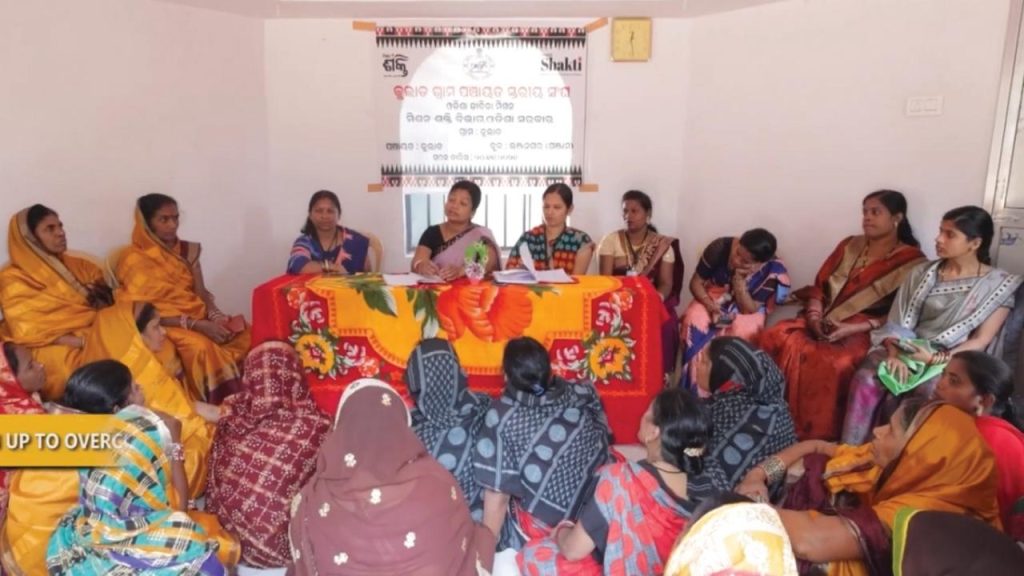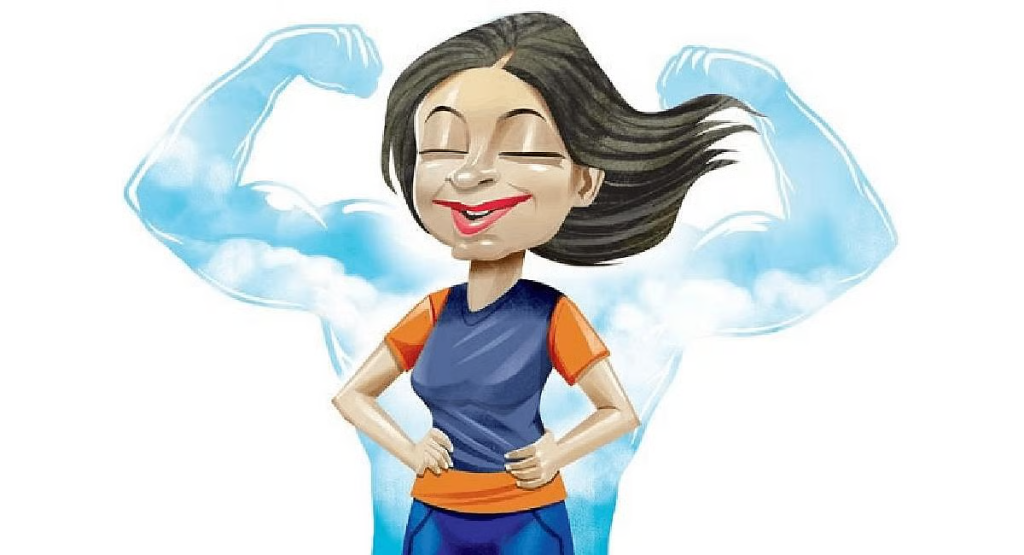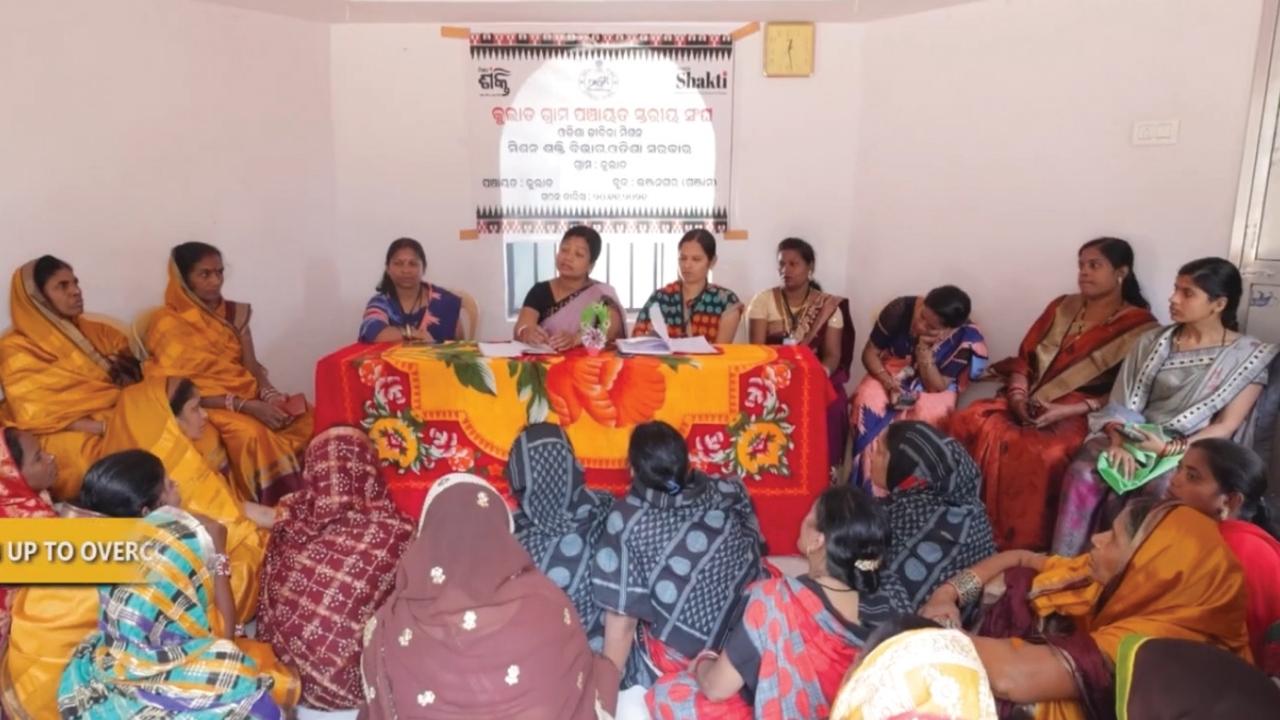Odisha, a state in eastern India, has been making significant strides in empowering women and fostering their economic and social development. With its pioneering initiatives and transformative policies, Odisha has set the stage for a new era where women are not just participants in the economy but also leaders driving growth and change. From financial independence to educational reforms and political participation, the state is creating a model of empowerment that is gaining national attention.

Women in Odisha have long faced challenges related to access to resources, education, and opportunities for economic participation. However, under the leadership of Chief Minister Naveen Patnaik, the state has introduced several schemes and programs aimed at uplifting women in every sector of society. Let’s take a closer look at the key initiatives and how they are shaping the future for women in Odisha.
Odisha Ushers in New Era of Women’s Empowerment
| Key Data & Stats | Details |
|---|---|
| Subhadra Yojana Disbursed | ₹5,000 crore transferred to over 1.18 crore women as of March 2025. |
| Mission Shakti Impact | Over 6 lakh Self-Help Groups (SHGs) with more than 70 lakh women. |
| Lakhpati Didi Program | More than 16 lakh women earning over ₹1 lakh annually. |
| Subhadra Yojana | Direct financial support of ₹50,000 over five years for women aged 21-60. |
| Educational Reforms | Hostel fees waived for 45,000 students in Odisha Adarsha Vidyalayas. |
| Global Recognition | Women farmers exporting Amrapali mangoes to Europe. |
For more information, visit Odisha Government Women Empowerment.
Odisha is truly setting an example for the rest of India in terms of women’s empowerment. Through programs like Mission Shakti, Subhadra Yojana, and Lakhpati Didi, the state is addressing the barriers that women face in accessing financial, educational, and political opportunities. By focusing on empowering women at the grassroots level and ensuring their active participation in the state’s growth, Odisha is paving the way for a brighter future for women, not just in the state but across the country.
Mission Shakti: Empowering Women Through Self-Help Groups
The cornerstone of Odisha’s women’s empowerment program is Mission Shakti, which was launched back in 2001. Initially started as a way to provide rural women with the resources they need to build financial independence, Mission Shakti has grown into one of the largest networks of Self-Help Groups (SHGs) in the country.
As of today, over 6 lakh SHGs with more than 70 lakh women members operate across Odisha. These groups provide members with access to interest-free loans, skill development programs, and market linkages to help them expand their businesses. This initiative has helped women generate income, achieve financial independence, and create community-driven solutions to common problems. The state has further enhanced this program by increasing the Revolving Fund assistance for SHGs from ₹15,000 to ₹30,000 and Community Investment Fund from ₹35 lakh to ₹60 lakh. These upgrades allow SHG members to tap into higher amounts of capital for their ventures, making them even more effective entrepreneurs.
Example:
In rural Odisha, a woman named Sumati, who was once a housewife with no income, now runs a successful pickle business through her SHG. Thanks to Mission Shakti, she has received loans to expand her operations and even sells her products in local markets and online.
Subhadra Yojana: Direct Financial Support for Women
Another powerful initiative that Odisha has rolled out is the Subhadra Yojana, which aims to directly support women from economically weaker sections. Launched in September 2024, this program disburses ₹50,000 over five years to women between the ages of 21 and 60. The funds are transferred through Direct Benefit Transfers (DBT) on significant days like Raksha Bandhan and International Women’s Day.
As of March 2025, over ₹5,000 crore has been distributed to more than 1.18 crore women in Odisha, significantly improving their financial stability. This support helps women start small businesses, manage household expenses, and invest in education and healthcare. The Subhadra Yojana is a clear example of how Odisha is addressing the financial inclusion gap for women in marginalized communities.
Example:
For instance, Aarti, a single mother in a small village, used her Subhadra Yojana funds to open a tailoring shop. This helped her provide for her children and improve her family’s quality of life.
Lakhpati Didi Initiative: Financial Independence for Women
The Lakhpati Didi program is another success story in Odisha’s journey towards empowering women. The aim of this initiative is to help women, particularly those involved in SHGs, earn over ₹1 lakh annually. The program provides interest-free loans up to ₹10 lakh to eligible women entrepreneurs.
As of mid-2025, over 16 lakh women in Odisha have reached the goal of earning ₹1 lakh annually, with a target of 25 lakh women by 2027. This initiative not only boosts women’s economic independence but also plays a crucial role in breaking down traditional gender roles in rural India. Women involved in the Lakhpati Didi initiative are now running businesses in various sectors, including agriculture, retail, and handicrafts, creating jobs and contributing to local economies.
Example:
In a village in Nayagarh, Radha, a member of an SHG, leveraged the loan she received under Lakhpati Didi to open a dairy farm. Today, she provides milk to local schools and grocery stores, improving her family’s income and standing in the community.

Educational Reforms: Shaping Future Generations
Education is one of the most important pillars of any empowerment initiative, and Odisha has placed a strong emphasis on ensuring that girls and women have equal access to quality education. The state has implemented several reforms to improve education and safety for women and girls in schools.
One such reform is the waiver of hostel fees for approximately 45,000 students in Odisha Adarsha Vidyalayas (OAVs), the state’s model schools. This move ensures that girls from underprivileged backgrounds are not restricted from pursuing their education due to financial constraints. Additionally, the government has introduced policies that mandate safety measures for women in educational institutions, including the display of emergency helpline numbers and the enforcement of the Sexual Harassment of Women at Workplace Act, 2013.
Example:
Kavita, a student from a rural area, benefited from the waiver and was able to complete her schooling at an OAV. Today, she is pursuing a degree in engineering, a path that would have been impossible without the government’s intervention.
Political and Cultural Milestones: Women in Leadership
In addition to financial and educational empowerment, Odisha is also making significant strides in political empowerment for women. In 2024, Pravati Parida became the first female Deputy Chief Minister of Odisha, a historic achievement that highlights the growing role of women in governance and politics.
This milestone is reflective of the state’s broader commitment to gender-inclusive governance. Women leaders are now playing an active role in the administration, policymaking, and leadership of the state. This inclusive approach ensures that women’s concerns and priorities are being addressed at the highest levels of government.
Odisha Govt Adds Abetment of Suicide Charges in FM College Student Death Case
FAQs
1. What is Mission Shakti?
Mission Shakti is a women’s empowerment program in Odisha that supports over 6 lakh Self-Help Groups (SHGs) with more than 70 lakh women. It provides loans, skill development, and market linkages to help women become entrepreneurs.
2. How does the Subhadra Yojana benefit women?
The Subhadra Yojana provides financial support to women aged 21-60 from economically weaker sections. Women receive ₹50,000 over five years, which can help with starting businesses, healthcare, and education.
3. What is the Lakhpati Didi initiative?
The Lakhpati Didi program aims to help women entrepreneurs earn over ₹1 lakh annually. It provides interest-free loans to women involved in Self-Help Groups (SHGs) to support their business ventures.
4. How is Odisha improving women’s education?
Odisha has waived hostel fees for 45,000 students in Odisha Adarsha Vidyalayas (OAVs) and introduced safety measures for women in schools to ensure they have access to quality education.
5. Who is Pravati Parida?
Pravati Parida is the first female Deputy Chief Minister of Odisha, a significant political milestone for women in the state. She is an example of the growing role of women in leadership and governance.





